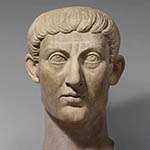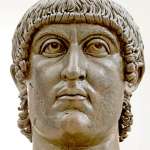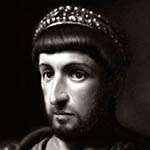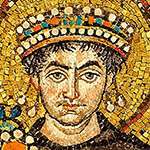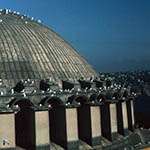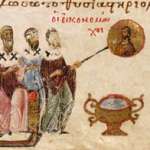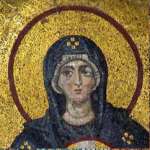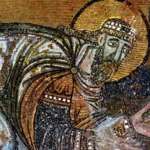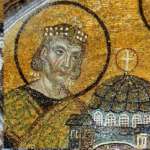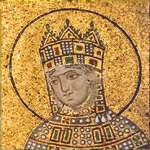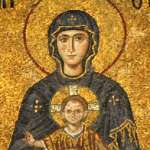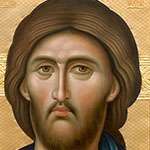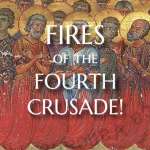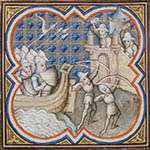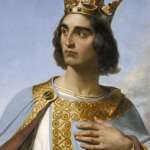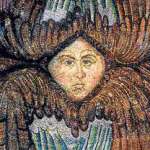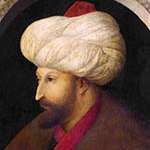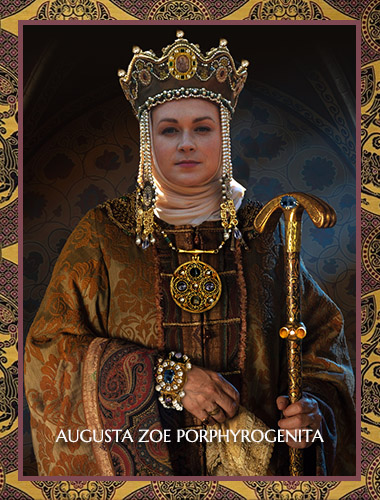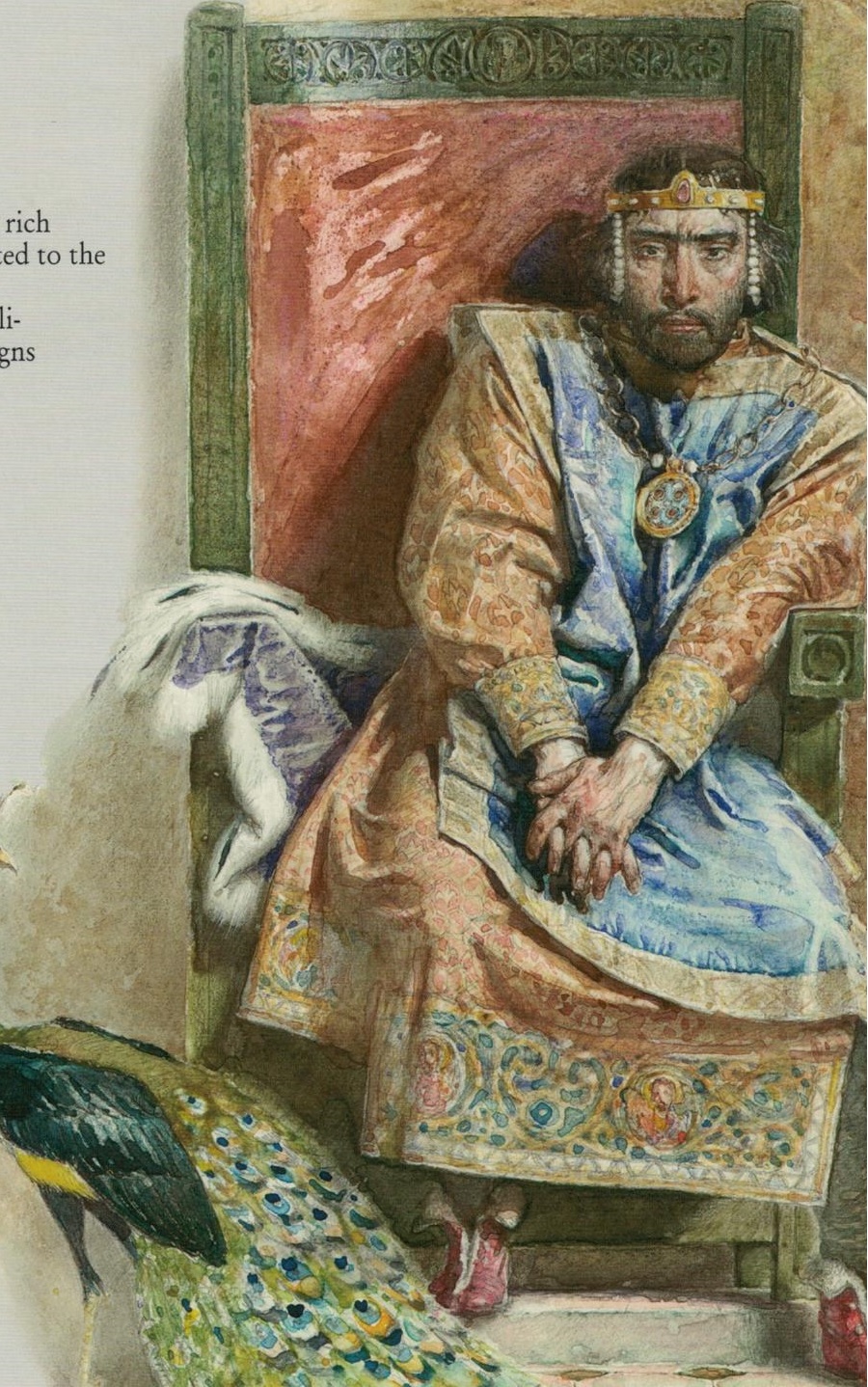 Emperor John I Tzimiskes, the murderer of his uncle Nikephorus II Phocas in his bed in the Boukoleon Palace. John married his uncle's wife, who was his co-conspirator in the assassination.
Emperor John I Tzimiskes, the murderer of his uncle Nikephorus II Phocas in his bed in the Boukoleon Palace. John married his uncle's wife, who was his co-conspirator in the assassination.
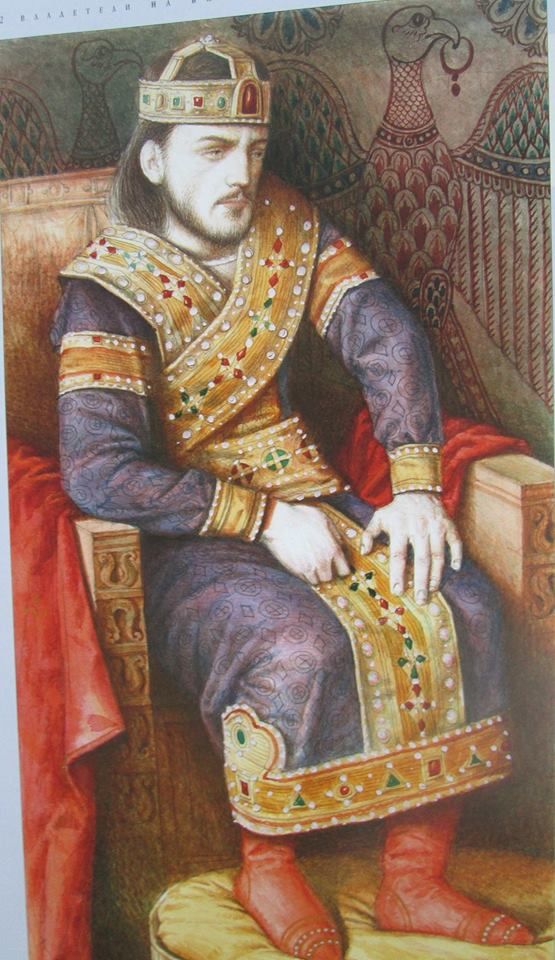
Basil II the Bulgar Slayer and Never-Married, probably gay. Left the treasury full of gold and silver. Died in his bed and got the last available tomb in Constantine's Mausoleum in the Church of the Holy Apostles.
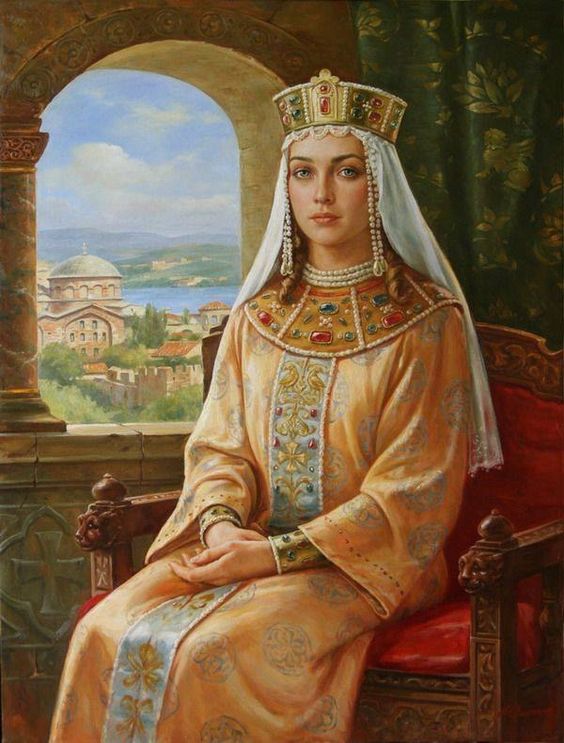
Marie of Antioch, a very pretty French Princess, was the second wife of Manuel I Komnenos. Murdered by Manuel's cousin, Andronikos I, who starved her to death. He also murdered her son with Manuel, Alexios, too. Poor boy, they strangled him when he was 15 and Andronikos took his 11 year-old wife as his own.
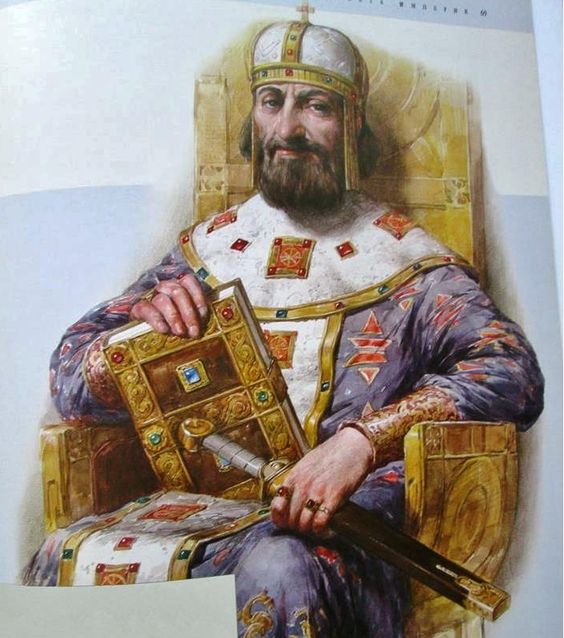
Constantine Monomachos, wasted the money left by Basil II on hand-outs to his friends, mistresses and big building projects. Married to Zoë who loved making her own perfumes and cosmetics in the palace. Her potions worked and she looked like a girl into her late 60's. She killed her first husband, Romanos, in his bath.
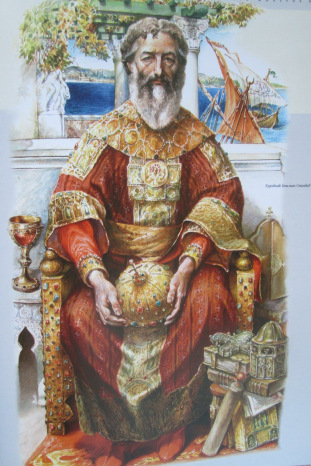
Manuel II Paleologus - traveled to London and Paris to get help to save the empire. The Muslim Turks thought he looked like the Prophet Mohammed. Married very late and had 9 children, including the twilight emperor, Constantine - the Last.
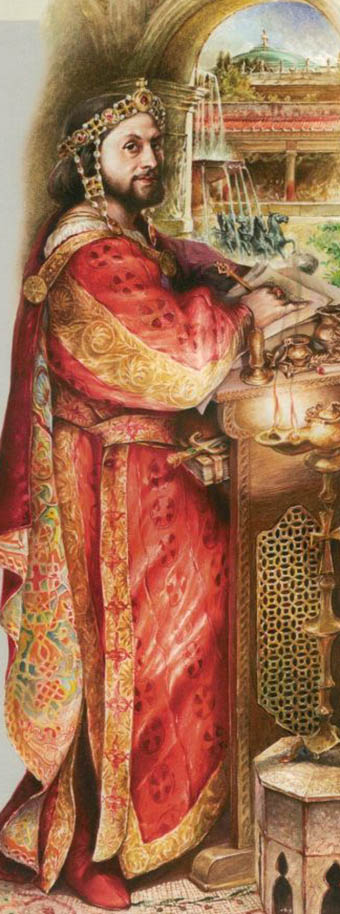
Here we see Constantine VII Porphyrogenitus who wrote a book on everything you would want to know about court ceremony. NOTHING was omitted and it went to a dozen books! Can you imagine how long that would take to copy? In his spare time Constantine enjoyed doing gold embroidery with real gold thread. Porphyrogenitus means he was born royal in the special Imperial Birthing Chamber that was lined with red porphyry panels from Egypt.
